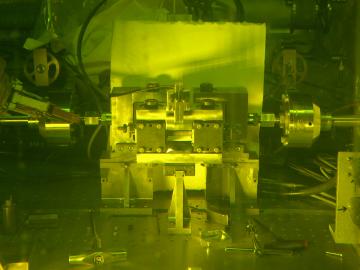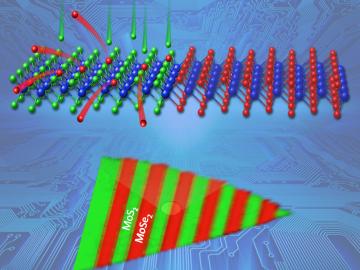
Polyphase wireless power transfer system achieves 270-kilowatt charge, s...







Nancy J. Dudney, Lonnie J. Love and David C. Radford have been named Corporate Fellows at the Department of Energy's Oak Ridge National Laboratory. The Corporate Fellow designation recognizes the researchers' significant accomplishments and continuing leadership in their scientific, engineering a...


It took marine sponges millions of years to perfect their spike-like structures, but research mimicking these formations may soon alter how industrial coatings and 3-D printed objects are produced.


